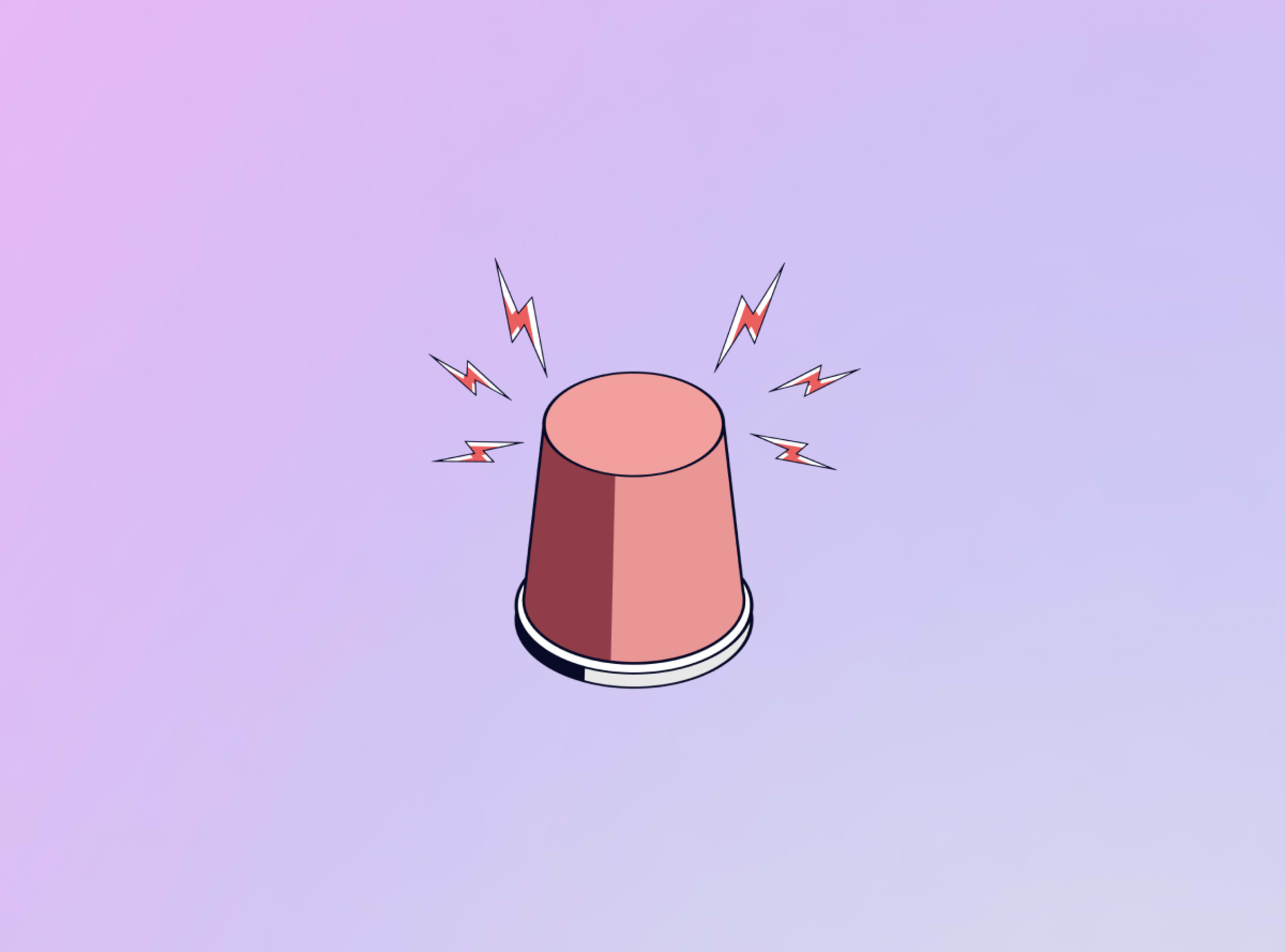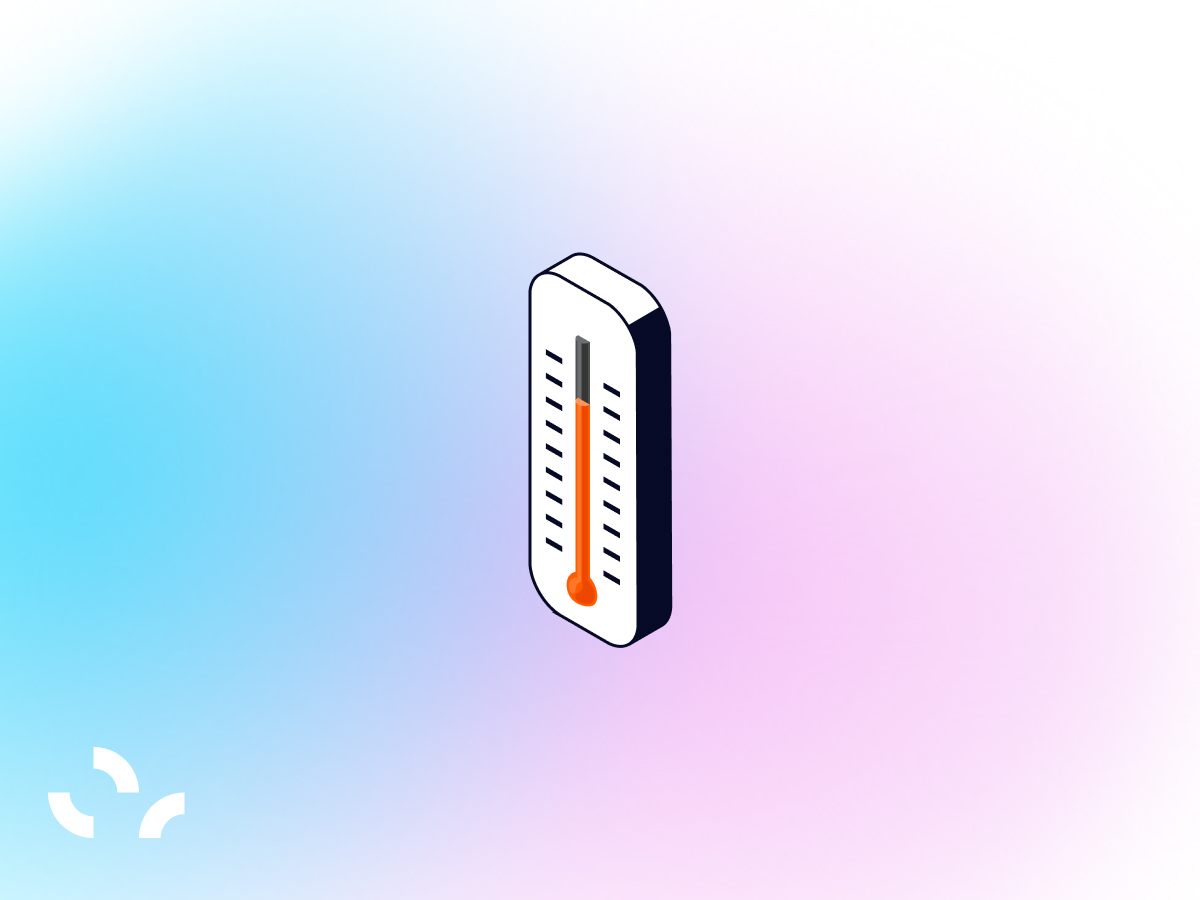Temperature excursion investigation

Adam Hartmann-Kruckow
How do I investigate a temperature excursion faster?
When a temperature excursion - or deviation - is detected, the clock starts ticking. Regulatory obligations loom, product integrity is at risk, and your quality team is under pressure. But what if you could transform that chaotic scramble into a clear, compliant, and even confidence-building response?
This guide offers a risk-based approach to investigating deviations caused by temperature excursions.
A practical tool to structure your excursion investigation.

Note:
This article is intended as general guidance for investigating temperature excursions and deviations. Always follow your internal SOPs, quality procedures, and applicable regulatory requirements.
Also read: How to master temperature monitoring in critical environments
Understanding the basics: What counts as a temperature excursion?
A temperature excursion occurs when a temperature-sensitive pharmaceutical product moves outside its specified range, during storage or transport, in a manner that could compromise its integrity.
Global GDP and GMP standards, as well as bodies like the FDA, WHO, and EMA, require organizations not only to detect these excursions but also to investigate them, document root causes, and execute any necessary CAPAs.
Whether an inadvertent door left ajar, an HVAC failure, or a software glitch, even short excursions can trigger full-scale audits. Yet ambiguity reigns, questions abound about duration, acceptable ranges, and cumulative exposure.
Also read: Why is the temperature fluctuating in your cooling equipment?
Why fast investigation matters
Time is a product risk. Industry data suggest that 1–5% of transport events are excursions. Each event can lead to days or even weeks of disruption – and can cost thousands per incident; QA teams juggle quarantines, audits, and batch reviews. That time adds up, and so does the lost revenue.
When investigations drag, it also often has a negative effect on trust – something that is extremely important in regulated industries like pharma and healthcare logistics. A slow response can mean suspending customer orders, holding shipments, and pushing deadlines. The reputational fallout isn ot just internal, it ripples through supply partnerships, client relations, and regulator confidence.

A structured approach: 5 pillars to faster excursion investigation
The following framework outlines five key elements accelerating excursion investigations while reinforcing compliance. From real-time alerts to audit-ready documentation, each pillar helps turn your process into a controlled, traceable response aligned with GxP expectations.
1. Scope it clearly and early
When an excursion alert happens, pinpoint the when, where, and what immediately. Which batch, location, device? How far outside the range? And for how long? These core data points, duration, worst-case temperature, and sample details are essential to an informed investigation. This clarity streamlines escalation. Automate timestamping and zone tagging so your team does not have to dig, like using GPS data to trace the thermal path.
2. Centralize all your environmental data
Excursions are not isolated; mapping, monitoring, calibration, and maintenance logs all hold clues. Yet many teams still stitch together CSVs, PDFs, and audit binders.
Modern IoT-enabled platforms allow you to overlay sensor outputs, calibration records, and mapping layouts in one traceable interface. Suddenly, pattern recognition replaces guesswork.
3. Apply analytical rigor
Once all data is in one place, statistical tools, Pareto analysis, trend visualization, and risk-based prioritization reveal root causes. Mean Kinetic Temperature (MKT), a standard established in ICH Q1A and USP <1079>, offers a scientifically defensible metric to assess impact when excursions extend beyond normal drift.
Meanwhile, standard quality tools like 5 Whys or FMEA help partition root vs. symptom. A refrigerated chamber stuck just one degree out of range? MKT might demonstrate a negligible impact, while more severe drifts trigger confirmatory testing.
4. Use real-time insights for real-time action
The difference between investigating after the fact and responding as it happens can save hours or days.
Real-time monitoring combined with risk-based thresholds allows instant alignment of alerts with critical zones and products. Early warnings prevent the need to quarantine entire batches. Automate CAPA tasks, like notifying QA, scheduling requalification or product testing, and the process becomes a well-timed cascade rather than a reactive scramble.
5. Formalize CAPA and audit-ready documentation
A robust Quality Management System demands traceability. Whether you implement change controls, recalibration, or re-mapping zones, your system should automatically generate deviation reports, investigation summaries, root cause graphs, and CAPA records ready for audit. With human errors reduced and more consistent documentation, audits shift from risk to reassurance.
Also see: Temperature-controlled units in pharma: Qualification and monitoring guide

Download a temperature excursion investigation template
Download a free template based on GxP best practices for excursion investigation.
What “faster” deviation investigation looks like in action
- Traditional approach: QA triages an alarm, digs through logs and spreadsheets, quarantines which might not be necessary, performs tests, then compiles a report, an 8–14 day process with frequent delays. According to Leading Minds, some firms spend 10,000+ hours annually just processing alerts.
- Optimized process: A real-time platform flags an excursion. Within 15 minutes, QA can identify critical zones through a live dashboard. A pareto/fmea workflow narrows the cause to, say, nightly HVAC cycles in one room. CAPA is initiated, a confirmation run is scheduled, batch release is unaffected, and the excursion is closed in hours, not days.
Sources show this model slashes investigation time by up to 80% while lifting staff morale and reducing misallocated quarantines.
Best practices summary
- Log precise excursion data, device, time, and magnitude to avoid assumptions.
- Centralize monitoring, calibration, mapping, and QC records in one environment.
- Use MKT and trend tools to quantify impact.
- Deploy real-time alerts with zone-based, risk-tuned thresholds.
- Automate CAPA workflows and investigation documentation.
- Maintain heat maps to catch repeat incidents and feed preventative maintenance.
- Audit-ready packets are generated with minimal human intervention and are ready for review at any moment.
Tips to continue improving
- Trend excursions monthly and review for systemic patterns.
- Validate comparator systems – thermocouples or redundant sensors – annually.
- Stress-test your system: simulate excursions and train staff on response.
- Link your audit calendar to excursion data: Quarterly reviews build trust over time.
In summary, fast excursion investigation is both a competitive advantage and a route to further mitigating risks. It reduces waste, speeds time to market, saves batches, and builds a reputation for cold-chain excellence. When facing FDA or MHRA inspections, knowing that your response time is measured in hours, not weeks, makes all the difference.
Next time an alarm goes off, do not let your quality reputation be on hold. Treat it like a sprint, not a marathon. Exceptionally fast, data-backed, audit-perfect.
FAQ: Investigating temperature excursions and deviations
Often asked questions about temperature excursions and the investigation of these.